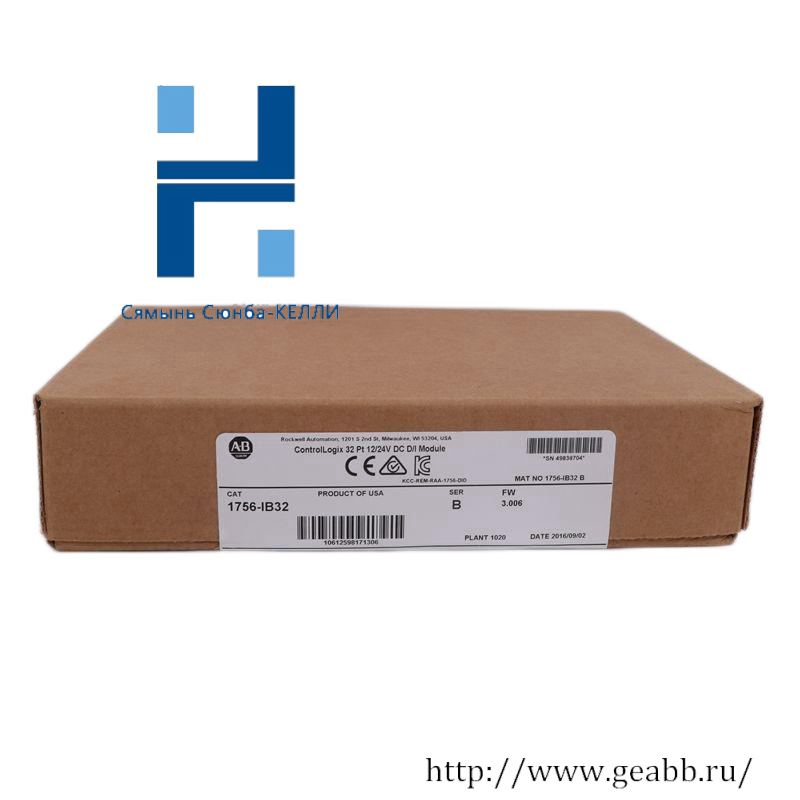Series:1771 Series
Model:NIV
Input Channels:16
Power Supply Voltage:24 VDC
Input Range:-10 V to +10 V
Sampling Rate:Up to 100 Hz
Operating Temperature:-40°C to +70°C
Mounting:Panel Mount
Communication Interface:RS-485 Modbus RTU
Dimensions:113 mm x 107 mm x 90 mm
Weight:0.4 kg
Introducing the AB 1771-NIV Analog Input Module, a cornerstone in industrial automation systems. This module is designed to offer unparalleled accuracy and reliability in converting analog signals to digital data, making it an indispensable component in complex control systems. With its wide input range of -10V to +10V, it caters to a broad spectrum of industrial applications, ensuring precise measurements across various operational environments.
Equipped with 16 inputs, the module supports efficient data acquisition, enabling seamless integration into existing systems without compromising performance. Its robust RS-485 communication interface ensures reliable data transfer, facilitating real-time monitoring and control in diverse industrial settings.
Engineered to withstand challenging conditions, the AB 1771-NIV operates within a temperature range of -20°C to +60°C, ensuring uninterrupted performance even in extreme environments. Coupled with its ability to handle relative humidity between 5% and 95% non-condensing, it demonstrates a high level of durability and adaptability.
Measuring 110mm in width, 90mm in height, and 130mm in depth, the module boasts compact dimensions, allowing for easy installation in space-constrained industrial setups. Its lightweight design, weighing only 0.3kg, further simplifies the installation process without adding unnecessary burden to the system.
The AB 1771-NIV Analog Input Module is a testament to Allen-Bradley’s commitment to delivering high-quality, innovative solutions that enhance the efficiency and reliability of industrial operations. Whether in manufacturing plants, power generation facilities, or any other industrial setting, this module ensures accurate and consistent data acquisition, driving productivity and optimizing operations.










Reviews
There are no reviews yet.